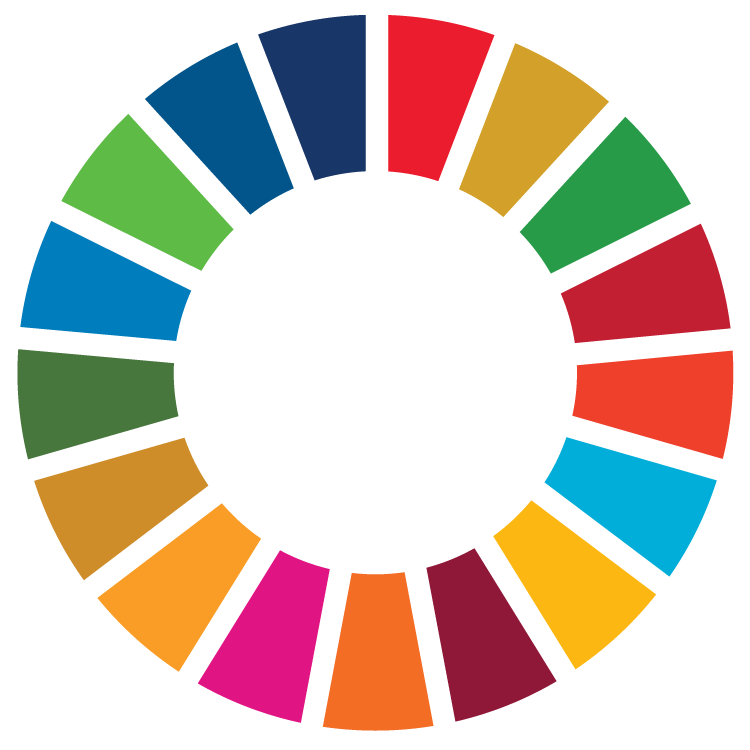The marine environment in Lebanon has been recently affected by land-derived pollution. This problem mostly concerns areas with dense urban activities. While threatening the marine ecosystem, it also affects, as a consequence, the human populations. Along the225 km shoreline, 75 permanent or temporary watercourses discharge polluted and wastewater into the sea, with also numerous sewage outlets and oil spills. These pollution inputs are categorized under four major classes: 1) wastewater inflows||2) river transported sediments and debris||3) thermal inflows||4) chemical and oily fluids. The true areal extent of these pollutions is not well identified yet, which requests a comprehensive and continuous observation of the coastal waters. The thermal bands of satellite images of Landsat-7 ETM+ can be successfully utilized for this purpose. The principle of this identification relies upon thermal discrimination between seawater and polluted water temperatures. This thermal mapping has identified 49 major sources of pollution in the Lebanese marine environment, the nature of which has been checked in the field. Most of them are related to uncontrolled human activities, such as sewage outfall, refineries and factories. These results should provide decision-makers with a sound base for implementing the necessary mitigation policies.
United Nations Environment Programme
- Who we are
- Where we work
-
What we do
- Air quality
- Biosafety
- Cities
- Digital Transformations
- Disasters and conflicts
- Energy
- Environment under review
- Environmental law and governance
- Extractives
- Food Systems
- Forests
- Fresh Water
- Gender
- Green economy
- Ocean, seas and coasts
- Resource efficiency
- Sustainable Development Goals
- Transport
- Youth, education and environment
- Publications & data


